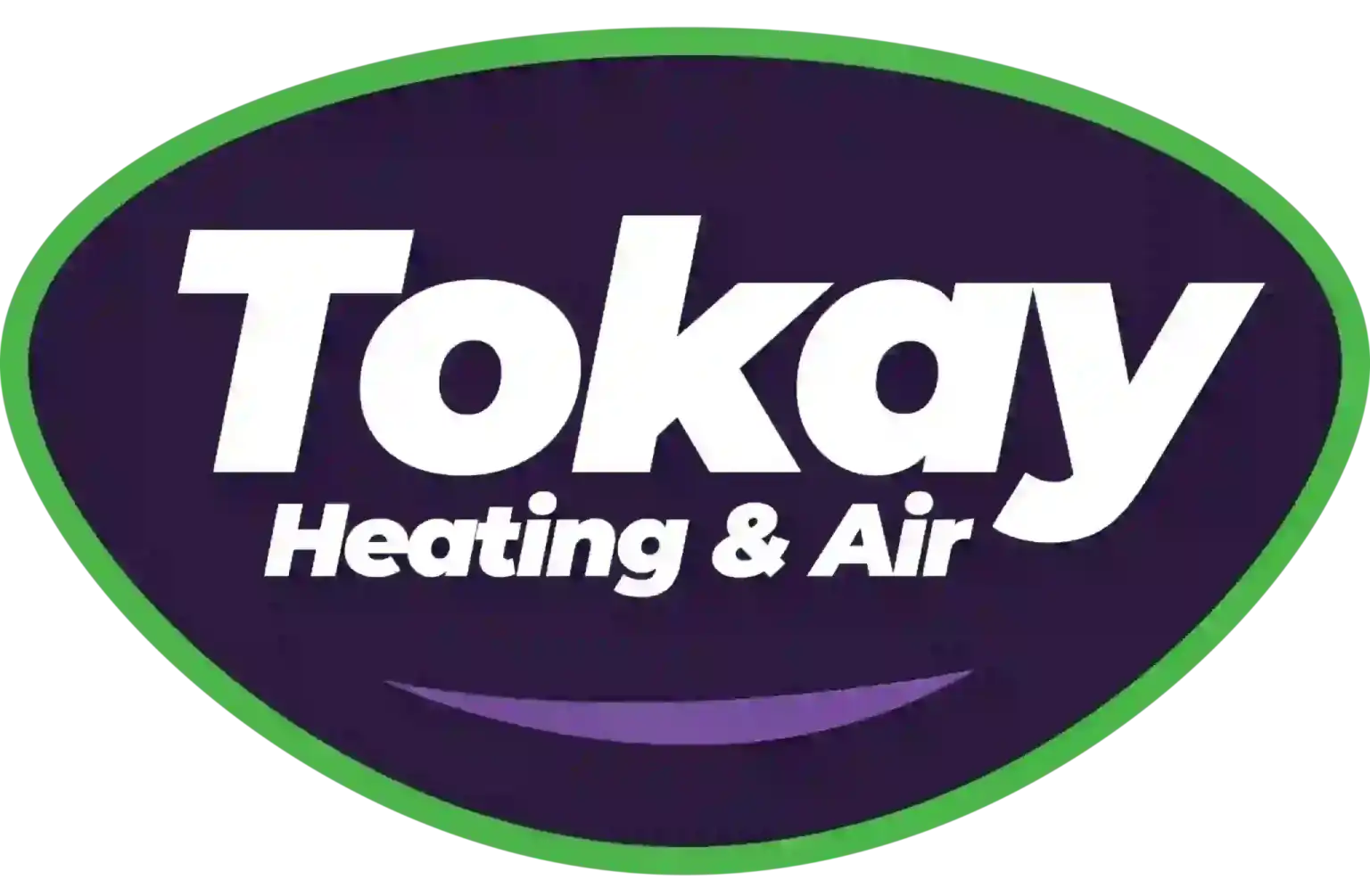A professional furnace installation is crucial for ensuring its optimum performance and longevity. Whether you’re upgrading an old system or installing a new one, understanding the steps involved helps provide a smooth and stress-free experience. Proper installation not only assures efficient operation but also prevents potential hazards linked with incorrect setup.
Preparing for Furnace Installation
Before starting a furnace installation, careful planning and assessment are conducted. The first step involves evaluating your home’s heating needs. This includes analyzing the size of the space, insulation quality, and existing ductwork configuration. By considering these factors, our professionals can recommend a furnace type and size that meets your specific needs, ensuring optimal performance and energy efficiency.
Once the appropriate furnace is selected, a thorough inspection of the current heating system is essential. This involves examining the existing ductwork, connections, and ventilation systems to identify any potential issues or necessary upgrades. Addressing these findings ensures the new furnace functions effectively without causing strain on the rest of the HVAC system.
Efficient planning is key to minimizing disruptions during the installation process. Scheduling the installation at a convenient time for homeowners allows our technicians to work efficiently without affecting daily routines. Communication about expected timelines and any potential interruptions helps ensure a smooth transition to the new system. Each of these preparatory steps is instrumental in setting the stage for a successful installation.
The Installation Process
The installation process begins with safely removing the old furnace, which involves disconnecting power and fuel lines, then carefully dismantling any remaining components. This ensures a clean slate for the new furnace and avoids any potential interferences. Preparing the installation site involves clearing debris and verifying that foundation supports can accommodate the new unit’s weight and dimensions.
Installing the new furnace requires precision and care to ensure all elements are connected securely. This includes accurately installing duct connections, electrical wiring, and any necessary fuel lines. Our technicians take special care to calibrate the system settings, making certain the furnace operates at peak efficiency. Secure installation helps prevent leaks and optimizes the overall system.
Testing the newly installed system is the final step of the installation process. It involves starting the furnace and allowing it to run for a designated period to verify all components operate correctly. Our technicians check for any unusual noises, airflow issues, or performance inconsistencies. Through comprehensive testing, you can be confident that your furnace is ready to provide safe, reliable heating for your home.
Ensuring Proper Ventilation and Safety
Proper ventilation is a paramount concern during furnace installation to ensure efficient operation and safe living conditions. Our technicians thoroughly inspect and adjust venting systems to confirm there are no leaks. This process involves checking the chimneys and ducts to ensure they expel combustion gases effectively, which is crucial for maintaining indoor air quality.
Installing safety features, such as carbon monoxide detectors, is another critical step. These devices provide an early warning system against potentially harmful gas leaks, protecting inhabitants from harm. Ensuring these detectors are placed strategically around the home is an essential safety measure that our professionals implement during installation.
Additionally, educating homeowners about safe operational practices is a priority. This includes providing guidance on how to recognize warning signs of system malfunctions and advising on regular thermostat checks. By offering this knowledge, homeowners can maintain a safe environment while maximizing the efficiency of their new furnace.
Post-Installation Inspection and Maintenance Guidelines
After the furnace installation is complete, a careful post-installation inspection is conducted to verify system performance and address any immediate concerns. This involves checking the airflow, confirming the thermostat settings are accurate, and ensuring all safety features are functioning properly. Our technicians walk through every aspect of the system to ensure it operates at optimal levels.
To help homeowners maintain their new system, maintenance guidelines are provided. This includes suggesting regular HVAC service to keep the system running smoothly and prevent potential issues. Simple actions, such as replacing filters and checking vents, can significantly enhance performance and efficiency.
Scheduling follow-up visits is essential to ensure the long-term benefit of the furnace installation. These appointments allow our professionals to make any necessary adjustments and perform routine checks. By adhering to a maintenance schedule, homeowners can prolong the life of their furnace and maintain a comfortable home environment.
Conclusion
A professional furnace installation is more than just fitting a new unit; it involves a comprehensive process that ensures efficiency, safety, and longevity. From preparation and installation to ventilation checks and ongoing maintenance, each step is designed to optimize your home’s heating capabilities. By following these guidelines, homeowners can enjoy the benefits of a reliable and efficient heating system throughout the seasons.
For those ready to upgrade or install a new furnace, our team at Tokay Heating & Air offers expert guidance and service. Our team is dedicated to providing the best solutions for your heating needs, ensuring a seamless installation process with lasting results. Contact us today to schedule your professional furnace installation in Elk Grove and experience outstanding comfort and safety in your home.


